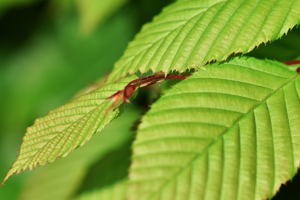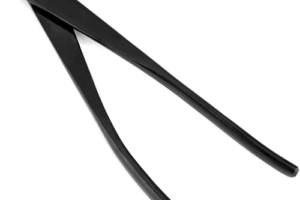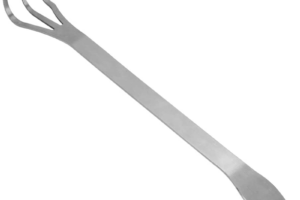YouTube
The Next Level Of Grafting Techniques #farming #bonsai #magic
Bonsai Grafting Techniques
Bonsai grafting techniques are a powerful tool for creating unique and beautiful bonsai trees. Grafting is the process of attaching a cutting from one tree to another, allowing the two to grow together as one. This technique is used to add new growth to an existing tree, change the shape of a tree, or even create a new tree from two different species.
One of the most common bonsai grafting techniques is called “whip grafting.” This technique is used to attach a small shoot or “whip” from one tree to the trunk of another. The whip is carefully cut at a sloping angle, and a matching cut is made on the trunk of the receiving tree. The two cuts are then joined together and secured with tape or grafting wax. As the tree grows, the two cuts will heal together, creating a seamless union.
Another popular bonsai grafting technique is called “bud grafting.” This technique is used to add new growth to a tree, and is often used to create a thick, bushy canopy. To perform a bud graft, a small bud is removed from one tree and inserted into a small incision on the trunk of the receiving tree. The incision is then sealed with tape or wax, and the tree is left to grow. As the bud grows, it will create new branches and leaves, adding to the overall thickness and density of the canopy.
A third bonsai grafting technique, called “cleft grafting,” is used to change the shape of a tree or create a new tree from two different species. To perform a cleft graft, a large cut is made in the trunk or branch of the receiving tree, and a smaller tree is inserted into the cut. The two trees are then secured together with tape or wax and left to grow. As the tree grows, the two will fuse together, creating a seamless union and shaping the tree in desired way.
Bonsai grafting techniques can also be used to change the color, leaf shape or size of a tree. This can be done by grafting a new shoot or bud from a different species or variety of the same species that has the desired characteristics.
It’s important to note that bonsai grafting techniques are not suitable for all types of bonsai trees. Some trees, such as conifers, are not good candidates for grafting due to their thick bark and slow growth rate. It’s also important to choose healthy and vigorous trees for grafting, as weak or diseased trees will not be able to support the new growth.
When performing bonsai grafting techniques, it’s important to use clean, sharp tools, and to make precise cuts. Grafting wax or tape should be used to secure the cuts together and protect them from pests and disease. The newly grafted tree should be kept in a protected area to minimize stress and should be watched closely for any signs of stress or disease.
In conclusion, bonsai grafting techniques are a powerful tool for creating unique and beautiful bonsai trees. Whether you’re looking to add new growth to an existing tree, change its shape, or create a new tree from two different species, bonsai grafting techniques can help you achieve your desired results. However, it’s important to choose the right tree, use clean, sharp tools, and provide proper care to ensure a successful graft. With the right techniques, patience and attention to detail, you can create a beautiful and unique bonsai tree that will be a cherished addition to your collection.







Leave a Reply
Your email is safe with us.
You must be logged in to post a comment.